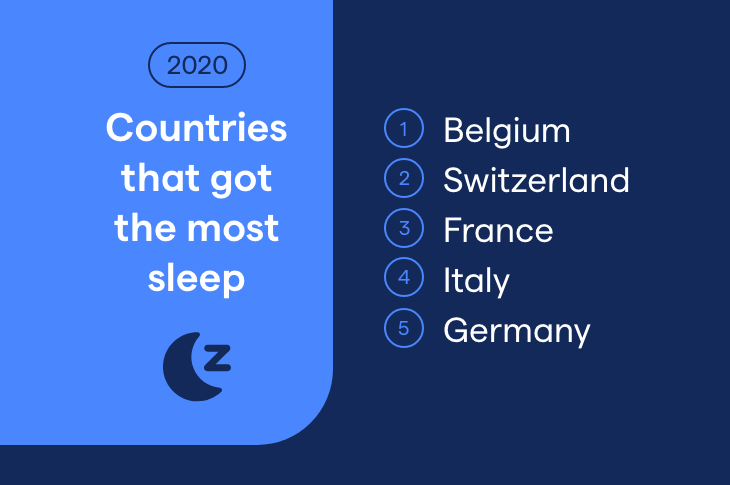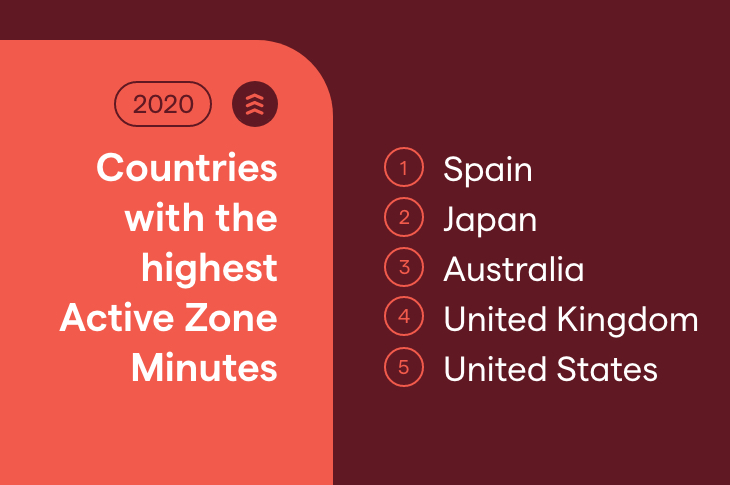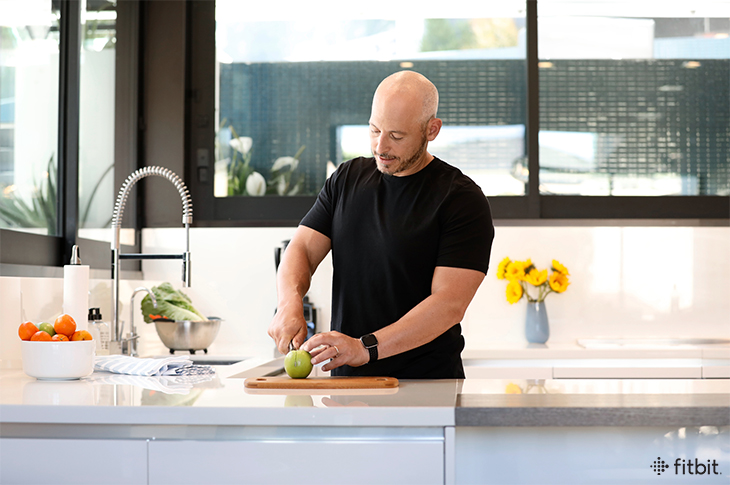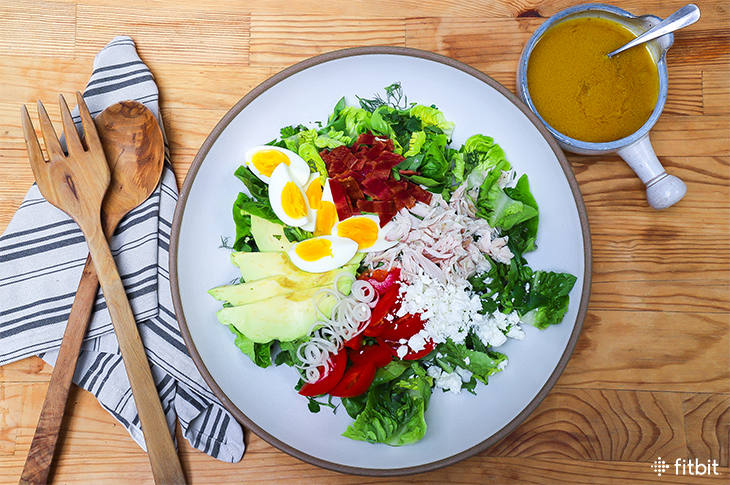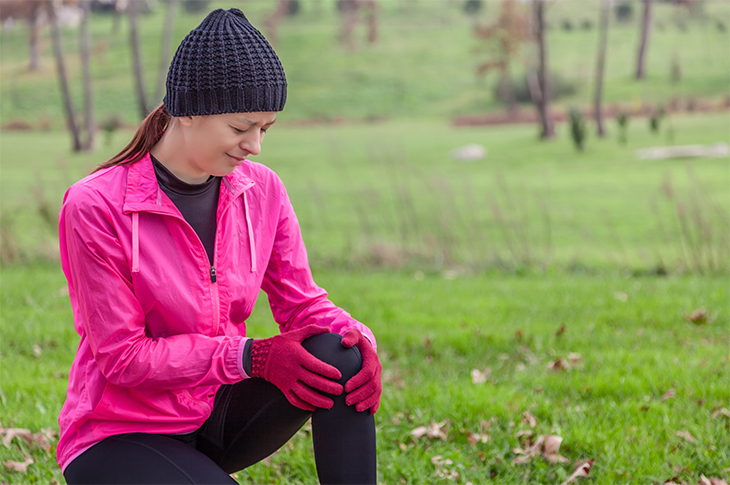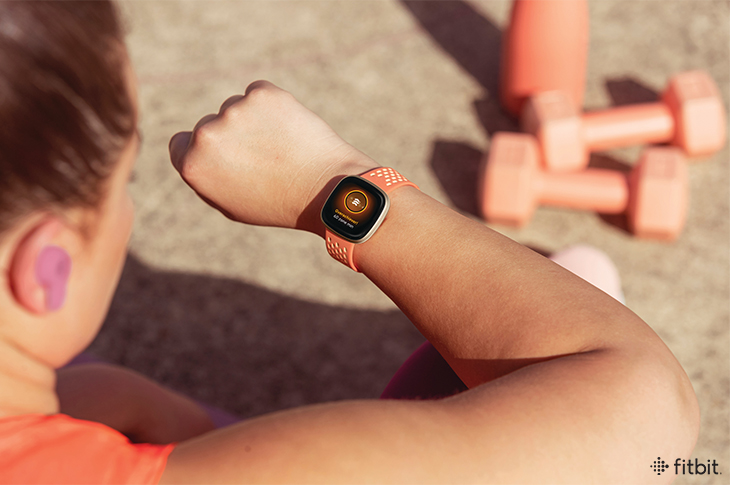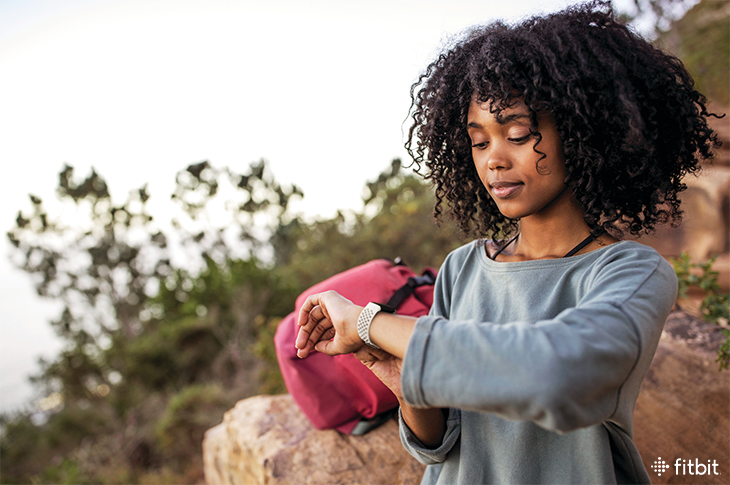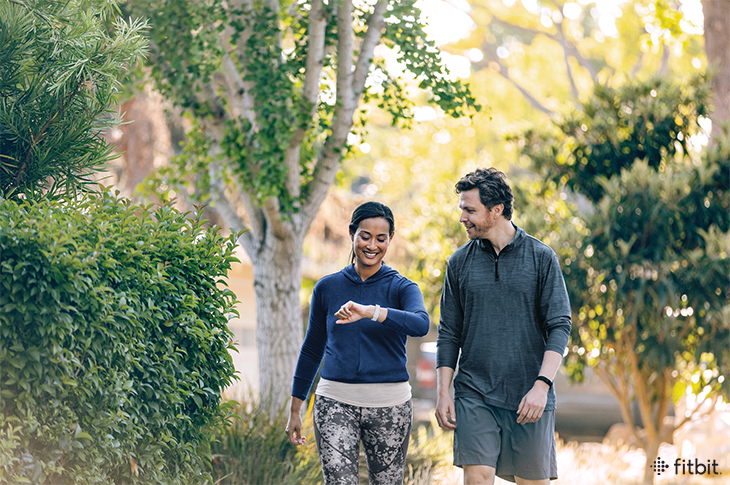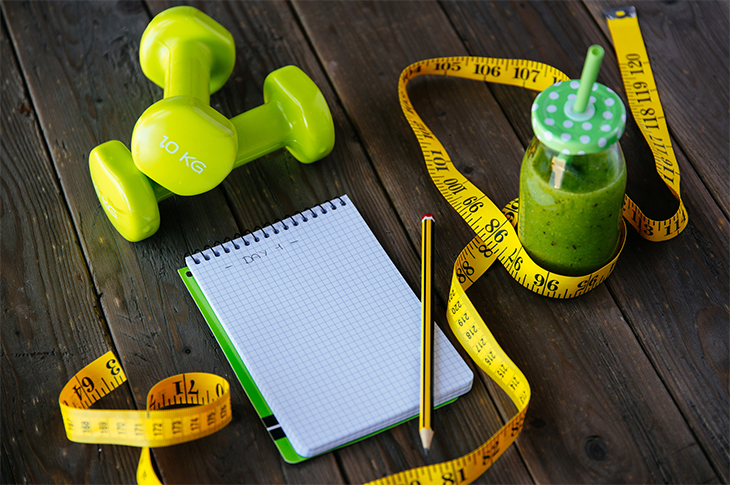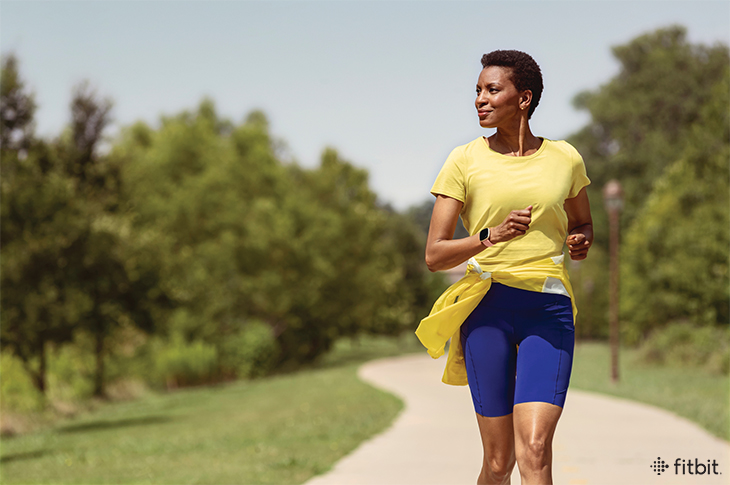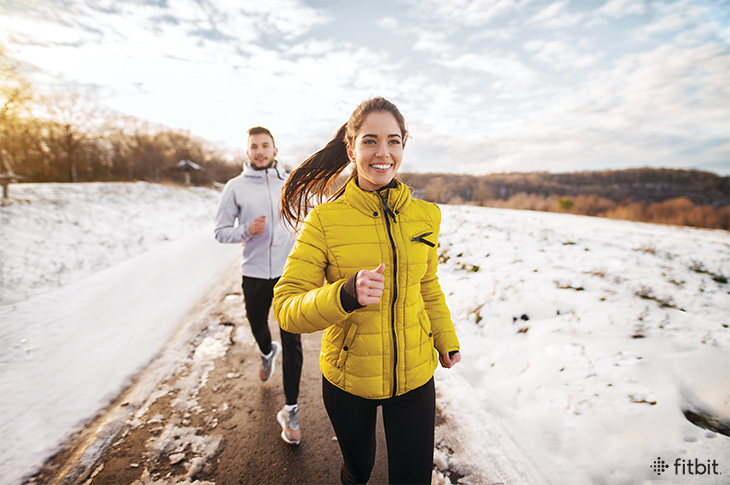
When gyms closed due to COVID-19 last March and continued to be through most of summer, many of us migrated our exercise routines to the outdoors, which wasn’t so bad because the sun was shining and it was warm, right? But now that winter has hit, where do we go? Even the most devoted workout enthusiast can feel discouraged to get their sweat on when it’s cold, dark, and wet outside (not to mention many gyms are either closed or still have restrictions, which can make it especially challenging).
However, just because the temperature drops doesn’t mean your outdoor work out needs to go into hibernation. In fact, there’s numerous benefits to continuing your exercises outside through the colder months. For example, it helps fight off the winter blues, boosts energy, and gets you out in nature for some Vitamin D, of which supports a variety of systems and functions within the body to keep us healthy.
That said, it’s also important to realize that summer and winter workouts aren’t the same and there’s a few extra safety precautions you should take before heading out in the ice and snow. Read on to learn tips on how to safely navigate your cold weather workouts.
Dress appropriately. Exercising outside in the winter requires a little more preparation than just throwing on shorts and a t-shirt like in the summer or spring. “You should dress in layers to maintain warmth, manage body temperature, and avoid moisture on your skin in an effort to stay dry while you are bustling up a sweat,” says Clinton Maclin, ACSM EPC-EIM2, Exercise Physiologist at Piedmont Atlanta Fitness Center.
For the first layer, Maclin suggests wearing a snug fitting, thin synthetic material such as polyester, polypropylene, or silk. These materials draw sweat away from the body as opposed to cotton, which stays wet on your skin and removes heat from the body. On top of that, a fleece or wool layer would work best and promote insulation and keep you warm. Then the exterior layer should be of wind and water-resistant material to protect from any winter weather.
Don’t forget safety gear. Not only does the sun go down earlier, but the winter weather brings in dark clouds, rain, sleet, and snow showers, which can make it difficult for vehicles and other people to see you. It’s important to wear bright colors, or better yet, reflective gear if you’re exercising outside and especially after work or dinner when it’s dark. You can even opt for a headlamp for more visibility.
Protect your head, hands, feet, and ears. Protecting your extremities against the winter elements is crucial when exercising in cold weather, says Maclin. “As blood flow is most rich in the body’s core causing your head, ears, hands, and feet to be more susceptible to frostbite and the body more vulnerable to hypothermia,” he explains. “Both are harmful conditions which can be fatal in extreme cases.”
So before you leave the house, don’t forget a hat, ear warmer, gloves, or thermal gloves. It’s also important to protect your skin, because yes, you can still get sunburn in the winter—even if it’s cloudy or overcast skies. Wear sunscreen with SPF 30 or more on your face, lips, and other parts of your body that may be exposed. Also realize that snow reflects UV rays, so if you’re out and there’s snow on the ground, it’s even more important to lather up.
Check the weather. Remember to check the weather forecast before heading out so you’re aware of any strong winds, snow, freezing rain, or all of the above. If it’s freezing temps and you’re working out on pavement, you should also be extra cautious of black ice that may have developed. That said, winter exercise can get slippery—consider wearing snow or ice spikes if you’re going on a run or walk to reduce the risk of falls.
Do a warm up. Though you might want to start at a sprint in order to warm up your body more quickly, you should still start slow just like you would with any exercise to acclimate your body for an active environment and lessen your chance of injury. You should remember to stretch, as some people tend to have stiff joints due to the colder months.
Maclin recommends this quick warm up:
- Marches
- Heel Kicks
- Forward Leg Swings
- Lateral Across Leg Swings
- Toe Touches/Sky Touches
- Arm Circles Forwards/Backward
Hydrate. Though you might not feel thirsty because of the cold temps, it’s essential to remember to drink plenty of water. Research shows that proper hydration helps cardiovascular health, ensures proper muscle and joint function, aids in digestion, and increases energy levels. If you’re someone who needs a little nudge to drink up, you’re in luck! Now available on Fitbit.com is the Fitbit branded HidrateSpark STEEL smart water bottle. It makes it easy to remember to drink your H20, and adjusts to your needs no matter what you’re doing. Learn more about the smart water bottle and how it works with your Fitbit device here.
Educate yourself on signs of frostbite and hypothermia. If you’re heading out on a longer exercise, it’s important to be aware of the initial signs of frostbite or hypothermia to self-assess or assist others if needed. According to the CDC, symptoms to look out for include shivering, over exhaustion, confusion, fumbling hands, memory loss, and slurred speech.
Don’t wait until spring to get back outside—with the right preparation and precautions, your outdoor winter exercises outside can be, dare I say, enjoyable!
The post How to Safely Exercise Outside This Winter appeared first on Fitbit Blog.
source https://blog.fitbit.com/winter-outdoor-exercise-safety/



